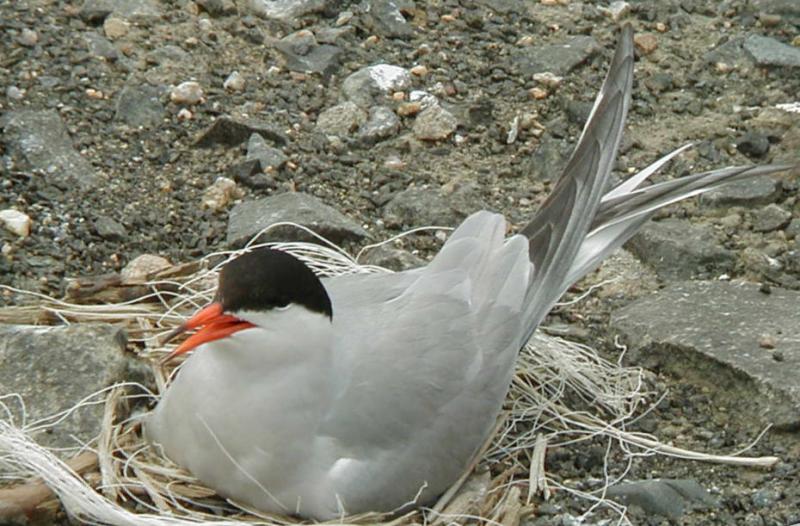The years 1914 to 1918 are an abstraction for most of us. But those years played a pivotal role in the history of people, families, towns, businesses, and governments across much of the world. A small regional conflict and a series of political miscalculations drew in the strongest and most powerful armies of Europe to become a war of unimaginable horror that eventually left as many as 16 million people dead and many more physically and emotionally wounded. The U.S. was drawn into the war in 1917, and Maine itself sent 32,000 of its citizens (including 300 nurses) to serve. One thousand of them died in the muck and cold of faraway battlefields across the Atlantic before the war ended in the waning months of 1918. Other Mainers became enlisted in the war effort to build ships and munitions to help, and in the midst of this upheaval, Maine and other New England states endured a massive influenza outbreak in the winter of 1917-1918 that left 5,000 dead in Maine alone. In fact, our own Grandfather Chase (a two year old at the time), his siblings, and parents were all severely stricken by the influenza at the time, but fortunately all survived.
Why, you may ask, are you writing about this in a column about birds?
It seems a strange coincidence, given all of the horrible things happening at the time, but one of the world’s first and most important bird conservation treaties and enacting laws was negotiated and signed during these same years. The Convention for the Protection of Migratory Bird—commonly called the Migratory Bird Treaty—between the U.S. and Canada (technically Great Britain had to sign the treaty on behalf of Canada at that time), was signed in 1916. Canada went on to pass its own legislation to enable and enforce the provisions of the treaty in 1917 with what is known as the Migratory Birds Convention Act. In the U.S., our version, the Migratory Bird Treaty Act, was passed in 1918.
The treaty and the legislation were profound, world-changing events. The Migratory Bird Treaty showed the world that in contrast to the conflict, sadness, horror, and ugliness of World War I, it was possible for humanity to come together to do something good for the stewardship of its natural heritage and ultimately its people.
Perhaps that’s why such an important and groundbreaking conservation treaty and legislation passed in the midst of such global human sorrow and suffering. Perhaps people felt, more than ever, that they had to show the positive side of humanity.
This year we celebrate the 100-year anniversary of the signing of our own Migratory Bird Treaty Act and its happy result: birds that are still with us today that, without the Act, would likely have disappeared from the earth forever.
In honor of this anniversary, a large coalition of groups including the National Geographic Society, Birdlife International, the National Audubon Society, the Cornell Lab of Ornithology, and many others have declared 2018 to be the Year of the Bird.
Ironically, the Department of the Interior has just released a directive to effectively gut much of the protections of the Migratory Bird Treaty Act for birds.
Perhaps in this Year of the Bird when there is so much strife and conflict in our world, it will be time once again for humanity to show its better side for the benefit not only of birds, but for all, and as a model for all human interactions across the globe.
Jeffrey V. Wells, Ph.D., is a Fellow of the Cornell Lab of Ornithology. Dr. Wells is one of the nation's leading bird experts and conservation biologists and author of “Birder’s Conservation Handbook”. His grandfather, the late John Chase, was a columnist for the Boothbay Register for many years. Allison Childs Wells, formerly of the Cornell Lab of Ornithology, is a senior director at the Natural Resources Council of Maine, a nonprofit membership organization working statewide to protect the nature of Maine. Both are widely published natural history writers and are the authors of the book, “Maine’s Favorite Birds” and the newly published “Birds of Aruba, Bonaire, and Curaçao” from Cornell Press.































